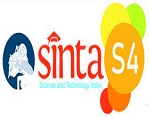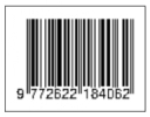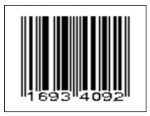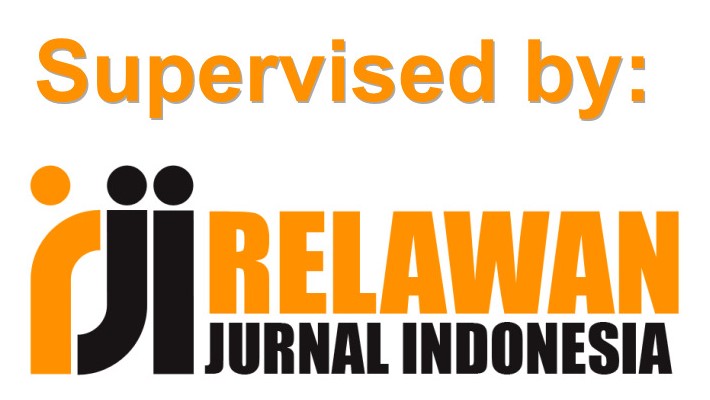Pengaruh Strategi Peningkatan Volume Usaha Terhadap Rentabilitas Pada Koperasi Karyawan Timah Mitra Mandiri Pangkalpinang
DOI:
https://doi.org/10.31851/jmwe.v17i2.4339Abstract
ABSTRAK
Â
Tujuan dari penelitian ini adalah untuk mengetahui pengaruh peningkatan volume bisnis terhadap rentabilitas ekonomi. Untuk menganalisis data yang diperoleh, penulis melakukan beberapa tes menggunakan NCSS 12. Dengan mengambil pengembangan volume bisnis di 7 (tujuh) unit bisnis KKMM sebagai variabel X dan pengembangan rentabilitas ekonomi sebagai variabel Y. Dari hasil penelitian dari tahun 2013 hingga tahun 2017 yang diperoleh dari persamaan regresi adalah RE = 3,39740642 + 0,329812US + 3,445741UTbt + 0,235741USp + 0,407383UPk + 1,213757UT + 0,425246UH + 1 , 515523UPu di mana RE = Rentabilitas Ekonomi, AS = Unit Pemasok, UTbt = Unit tambang dan bijih timah, USp = Unit simpan dan pinjam, UPk = Unit Saluran kredit, UT = Unit Shop, UH = Unit Hospitality, UPu = Unit Layanan dari publik, dikenal dengan nilai R-Squared sebesar 0,988213 artinya variabel bebas mempengaruhi rentabilitas ekonomi sebesar 98,82% dan sisanya dipengaruhi oleh faktor lain yang berasal dari luar model. Dari hasil analisis, itu juga menunjukkan bahwa nilai F-Ratio sebesar 6,6246 dengan nilai probabilitas tingkat sebesar 0,00000 yang berarti bahwa keseluruhan variabel bebas pada kenyataannya dapat mempengaruhi variabel terikat secara signifikan pada tingkat 5%. Dari hasil tersebut, dapat disimpulkan bahwa hipotesis yang diajukan diterima.
Â
Kata kunci: Volume bisnis, rentabilitas ekonomi.
Â
ABSTRACT
Â
The purpose of this study is to determine the effect of increasing business volume on economic profitability. To analyze the data obtained, the authors conducted several tests using NCSS 12. By taking the development of business volumes in 7 (seven) KKMM business units as variable X and developing economic profitability as variables Y. From the results of research from 2013 to 2017 obtained from The regression equation is RE = 3,39740642 + 0,329812US + 3,445741UTbt + 0,235741USp + 0,407383UPk + 1,213757UT + 0.425246UH + 1, 515523UPu where RE = Economic Rentability, US = Supplier Unit, UTbt = Mining and tin ore units, USp = savings and loan units, UPk = credit channel unit, UT = Unit Shop, UH = Hospitality Unit, UPu = Service Unit from the public, known as the R-Squared value of 0.988213 meaning that the independent variable influences economic profitability of 98.82% and the rest is influenced by other factors originating from outside the model. From the analysis results, it also shows that the F-Ratio value of 6.6246 with a probability level value of 0.00000 which means that the overall independent variable can in fact influence the dependent variable significantly at the 5% level. From these results, it can be concluded that the proposed hypothesis is accepted.
Â
Keywords: Business volume, economic profitabilityReferences
Basu Swastha, , “Manajemen Penjualanâ€, edisi 3, BPFE:Yogyakarta. 2010
Downes, John, Jordan Elliot Goodman, 2000, “ Kamus Istilah Keuangan dan Investasiâ€, Kelompok Gramedia : Jakarta.
Fandy Tjiptono, Strategi Pemasaran, Edisi 3, 2008
Hansen, Don. R. Mowen, Maryanne M, “Akuntansi Biayaâ€, Edisi ketujuh, Salemba Empat : Jakarta, 2006
Hongren, Charles T. Geogle Foster. “Cost Accounting : A Managerial Emphasisâ€. Eight Edition, Pretice Hall International, New Jersey, 2011
Ikatan Akuntansi Indonesia, Standar Akuntansi Keuangan. Jakarta : Salemba Empat, (2013)
Michael A.Hitt, Organizational Behaviour, 3rd Edition.
Moekijat, â€Kamus Manajemenâ€, CV. Mandar Maju: Bandung. , 2000
Mulyadi, Akuntansi Biaya, Aditya Media, Edisi ke-5, Yogyakarta, 2010
R. A. Supriyono, S.U. 2000. Sistem Pengendalian Manajemen. Edisi Pertama. Yogyakarta: BPFE
Downloads
Published
Issue
Section
License
The copyright of the received article shall be assigned to the publisher of the journal licensed under a Creative Commons Attribution-NonCommercial 4.0 International License in line with the license, authors and any users (readers and other researchers) are allowed to share and adapt the material only for non-commercial purposes. In addition, the material must be given appropriate credit, provided with a link to the license, and indicated if changes were made. If authors remix, transform or build upon the material, authors must distribute their contributions under the same license as the original.























